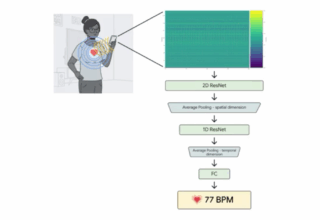If anything in nature could be creepier than cockroaches, it would be zombie cockroaches, so good thing those don’t exist, right? Right? Actually, they do exist, thanks to the terrifying work of the dementor wasp. I’m never going outside again.
The dementor wasp, properly called Ampulex dementor, is named for the soul-sucking guards of the wizard prison Azkaban in the Harry Potter series. Last year, biologists let visitors to Berlin’s Museum für Naturkunde put the matter to a vote, and museum-goers decided that dementors were the perfect namesake for a wasp that seems to suck out the souls of its prey.
It’s one of several new species discovered in Thailand’s Mekong Delta last year, according to the World Wildlife Fund.
Dementor wasps, like most of the Ampulex genus, eat roaches. The wasp’s sting targets a bundle of nerves on the roach’s abdomen, where its venom blocks receptors for a chemical called octopamine, a neurotransmitter for voluntary movement. With the receptors blocked, the roach’s nerves can’t receive it’s brain’s signals to move. Its body is mobile, but it’s no longer under the roach’s control.
The dementor wasp drags its helpless prey back to the nest and eats it alive.
Creepy Cousins
Creepiness seems to run in the Ampulex genus. Ampulex compressa, a cousin of the dementor wasp also likes to paralyze and torture roaches.
Ampulex compressa is sometimes called the jewel wasp, but it’s more tellingly known as the emerald cockroach wasp. It’s a shiny blue-green wasp, and according to the authors of the PLOS ONE paper, “has become popular for successfully being cultured in zoos and privately. Its popularity is due to its relatively large body size, beautiful metallic coloration and easily observable and attractive prey stinging and nesting behavior.”
Keep that phrase in mind. This is how the female jewel wasp hunts: The first strike paralyzes the roach’s front legs. While the roach is mostly immobilized, the wasp stings again, this time targeting a bundle of nerves called the sub-esophogeal ganglion. The venom kills the roach’s escape reflex, making it a compliant victim. Jewel wasp venom also seems to slow the roach’s metabolism enough that it will be able to survive a week or more without eating-and still be full of nutrients for what lies ahead.
At last, the jewel wasp drags her living but immobile prey back to her burrow. Flies may experiencesomething like fear, according to recent research. No one has studied whether roaches experience fear, but this would be an appropriate moment for it.
In the burrow, the wasp lays an egg on the roach’s abdomen. When it hatches two or three days later, the larva chews its way into the roach’s abdomen and spends the next week eating the paralyzed roach from the inside out. Jewel wasp larvae seem to instinctively eat the less vital organs first, keeping their hosts alive as long as possible. After all, fresh meat is so much better
[“Source-gizmodo.in”]















